Prompt Engineering Best Practices: Getting the Most from AI Content Generation Tools
In the rapidly evolving world of generative AI, the difference between mediocre and exceptional output often comes down to one thing: how you communicate with the AI. As someone who's spent countless hours experimenting with various AI content generation tools, I've learned that mastering prompt engineering is arguably more valuable than knowing which AI model to use. What is Prompt Engineering? Prompt engineering is the art and science of crafting inputs that guide AI systems toward desired outputs. Think of it as learning a new language - one that bridges human intent and machine understanding. While the concept sounds simple, effective prompt engineering requires understanding both the capabilities and limitations of AI systems. Why Your Prompts Matter Have you ever asked an AI to generate an image of "a cat" and received a generic, uninspiring result? Then tried again with "a photorealistic Maine Coon cat with amber eyes sitting on a windowsill at sunset, soft golden light illuminating its fur, 8k resolution" and been amazed at the difference? That's prompt engineering in action. The same principles apply across all generative AI tools - whether you're creating images, text, code, or other content types. Your prompt is the foundation that determines the quality, relevance, and usability of the output. The Fundamentals of Effective Prompts 1. Be Specific and Detailed Vague prompts lead to generic outputs. The more specific details you provide, the better the AI can match your vision: Basic prompt: "Generate a logo for a coffee shop" Enhanced prompt: "Create a minimalist logo for 'Morning Brew,' an artisanal coffee shop in Portland. Use a warm earth-tone palette with subtle coffee bean imagery. The brand emphasizes sustainability and craftsmanship." 2. Clarify Format and Structure Tell the AI exactly what format you need: Basic prompt: "Write content about climate change" Enhanced prompt: "Create a 500-word blog post about climate change impacts on agriculture. Include an introduction, three main points with supporting evidence, and a conclusion with actionable takeaways. Use a professional but conversational tone." 3. Provide Context and Use Cases Help the AI understand the purpose and audience for the content: Basic prompt: "Generate Python code for data analysis" Enhanced prompt: "Write Python code using pandas to analyze a CSV dataset of customer purchase history. The code should identify the top 5 best-selling products and visualize monthly sales trends. Add comments explaining each step for junior developers." 4. Set the Tone and Style AI can adapt to different voices and styles when properly guided: Basic prompt: "Write about electric vehicles" Enhanced prompt: "Write an enthusiastic, forward-looking blog post about electric vehicles that captures the excitement of this technology revolution. Use an optimistic tone similar to Tesla's marketing material, with short paragraphs and occasional rhetorical questions to engage readers." Advanced Prompt Engineering Techniques Using System and Role Prompts When available, system or role prompts can establish the foundation for all subsequent interactions: System: You are a technical content writer specializing in explaining complex programming concepts to beginners. You use simple analogies, avoid jargon, and include code examples. User: Explain JavaScript promises Chain-of-Thought Prompting For complex reasoning tasks, guide the AI through the thinking process: Analyze this e-commerce dataset to identify potential fraud patterns. First, describe what columns would be relevant for fraud detection. Second, outline the statistical methods you would apply. Third, explain how you would validate your findings. Finally, provide sample code in Python to implement this analysis. Iteration and Refinement The best results often come from iterative prompting - using the AI's initial output as a foundation for refinement: Initial prompt: "Generate a landing page for a fitness app" Follow-up: "Great start. Now revise the headline to emphasize results rather than features, and add a section addressing common objections to signing up for fitness apps." Prompt Engineering for Different Content Types For Image Generation With tools like Imagine Anything, effective image prompts typically include: Subject description - What is the main focus? Style references - Photorealistic, cartoon, watercolor, etc. Composition details - Lighting, perspective, framing Technical specifications - Resolution, aspect ratio Mood/atmosphere - Emotional quality of the image For example: "A serene Japanese garden with a small wooden bridge crossing a koi pond. Cherry blossoms falling gently. Early morning light creating long shadows. Atmosphere is peaceful and contemplative. Cinematic composition

In the rapidly evolving world of generative AI, the difference between mediocre and exceptional output often comes down to one thing: how you communicate with the AI. As someone who's spent countless hours experimenting with various AI content generation tools, I've learned that mastering prompt engineering is arguably more valuable than knowing which AI model to use.
What is Prompt Engineering?
Prompt engineering is the art and science of crafting inputs that guide AI systems toward desired outputs. Think of it as learning a new language - one that bridges human intent and machine understanding. While the concept sounds simple, effective prompt engineering requires understanding both the capabilities and limitations of AI systems.
Why Your Prompts Matter
Have you ever asked an AI to generate an image of "a cat" and received a generic, uninspiring result? Then tried again with "a photorealistic Maine Coon cat with amber eyes sitting on a windowsill at sunset, soft golden light illuminating its fur, 8k resolution" and been amazed at the difference? That's prompt engineering in action.
The same principles apply across all generative AI tools - whether you're creating images, text, code, or other content types. Your prompt is the foundation that determines the quality, relevance, and usability of the output.
The Fundamentals of Effective Prompts
1. Be Specific and Detailed
Vague prompts lead to generic outputs. The more specific details you provide, the better the AI can match your vision:
Basic prompt: "Generate a logo for a coffee shop"
Enhanced prompt: "Create a minimalist logo for 'Morning Brew,' an artisanal coffee shop in Portland. Use a warm earth-tone palette with subtle coffee bean imagery. The brand emphasizes sustainability and craftsmanship."
2. Clarify Format and Structure
Tell the AI exactly what format you need:
Basic prompt: "Write content about climate change"
Enhanced prompt: "Create a 500-word blog post about climate change impacts on agriculture. Include an introduction, three main points with supporting evidence, and a conclusion with actionable takeaways. Use a professional but conversational tone."
3. Provide Context and Use Cases
Help the AI understand the purpose and audience for the content:
Basic prompt: "Generate Python code for data analysis"
Enhanced prompt: "Write Python code using pandas to analyze a CSV dataset of customer purchase history. The code should identify the top 5 best-selling products and visualize monthly sales trends. Add comments explaining each step for junior developers."
4. Set the Tone and Style
AI can adapt to different voices and styles when properly guided:
Basic prompt: "Write about electric vehicles"
Enhanced prompt: "Write an enthusiastic, forward-looking blog post about electric vehicles that captures the excitement of this technology revolution. Use an optimistic tone similar to Tesla's marketing material, with short paragraphs and occasional rhetorical questions to engage readers."
Advanced Prompt Engineering Techniques
Using System and Role Prompts
When available, system or role prompts can establish the foundation for all subsequent interactions:
System: You are a technical content writer specializing in explaining complex programming concepts to beginners. You use simple analogies, avoid jargon, and include code examples.
User: Explain JavaScript promises
Chain-of-Thought Prompting
For complex reasoning tasks, guide the AI through the thinking process:
Analyze this e-commerce dataset to identify potential fraud patterns.
First, describe what columns would be relevant for fraud detection.
Second, outline the statistical methods you would apply.
Third, explain how you would validate your findings.
Finally, provide sample code in Python to implement this analysis.
Iteration and Refinement
The best results often come from iterative prompting - using the AI's initial output as a foundation for refinement:
Initial prompt: "Generate a landing page for a fitness app"
Follow-up: "Great start. Now revise the headline to emphasize results rather than features, and add a section addressing common objections to signing up for fitness apps."
Prompt Engineering for Different Content Types
For Image Generation
With tools like Imagine Anything, effective image prompts typically include:
- Subject description - What is the main focus?
- Style references - Photorealistic, cartoon, watercolor, etc.
- Composition details - Lighting, perspective, framing
- Technical specifications - Resolution, aspect ratio
- Mood/atmosphere - Emotional quality of the image
For example:
"A serene Japanese garden with a small wooden bridge crossing a koi pond. Cherry blossoms falling gently. Early morning light creating long shadows. Atmosphere is peaceful and contemplative. Cinematic composition with depth of field. 16:9 aspect ratio."
For Code Generation
Effective code prompts include:
- Problem definition - What are you trying to solve?
- Technical constraints - Language, frameworks, dependencies
- Style preferences - Coding conventions, documentation style
- Performance considerations - Optimization needs
For example:
"Create a React component for a responsive navigation bar. It should collapse into a hamburger menu on mobile devices. Follow the Airbnb React style guide with functional components and hooks. Include proper TypeScript typing and comments."
For Text Content
Effective text prompts specify:
- Content type - Blog post, email, social media, etc.
- Length and structure - Word count, sections, formatting
- Tone and voice - Formal, conversational, persuasive
- Audience - Who will read this and what's their knowledge level?
- Purpose - Inform, persuade, entertain
Common Pitfalls to Avoid
1. Overwhelming the AI
While detail is good, there's a point of diminishing returns. Focus on relevant details rather than exhaustive descriptions. I've found that organizing your prompt into clear sections (content, style, format, audience) works better than one massive paragraph.
2. Contradictory Instructions
Inconsistent or contradictory requirements confuse the AI. Before submitting, review your prompt for conflicting directions.
3. Forgetting to Specify What NOT to Do
Sometimes defining boundaries is as important as describing what you want:
"Generate a creative marketing email for our new sustainable water bottles. Do not use guilt-inducing environmental statistics. Focus on the positive impact of choosing our product."
4. Neglecting Iteration
The most successful content rarely comes from a single prompt. View the first output as a starting point, then refine with follow-up prompts.
Real-World Application: A Case Study
At Imagine Anything, we observed how prompt quality directly correlates with user satisfaction. Users who crafted detailed prompts reported 70% higher satisfaction with generated content compared to those using basic prompts.
We've seen particularly impressive results when users combine multiple techniques - such as providing style references, specific details, and negative prompts (what to avoid). Some of our most successful users actually develop their own prompt templates for consistent results.
Tools to Enhance Your Prompt Engineering
Several tools can help develop better prompts:
- Prompt libraries and templates - Collections of proven prompt structures
- Visualization techniques - Mind mapping your requirements before writing
- Collaborative prompting - Working with others to refine approaches
Conclusion: The Future of Human-AI Collaboration
As AI tools continue to evolve, prompt engineering is becoming a fundamental skill for developers, designers, content creators, and virtually anyone working with generative AI. The most successful practitioners view it not just as writing instructions, but as establishing a collaborative relationship with AI systems.
By mastering these prompt engineering techniques, you'll consistently generate higher-quality content that better matches your intentions - saving time and producing more valuable outputs across all your AI generation needs.
What prompt engineering techniques have you found most effective? Share your experiences in the comments below!






















































-Reviewer-Photo-SOURCE-Julian-Chokkattu-(no-border).jpg)



















































































































![[The AI Show Episode 146]: Rise of “AI-First” Companies, AI Job Disruption, GPT-4o Update Gets Rolled Back, How Big Consulting Firms Use AI, and Meta AI App](https://www.marketingaiinstitute.com/hubfs/ep%20146%20cover.png)













































































































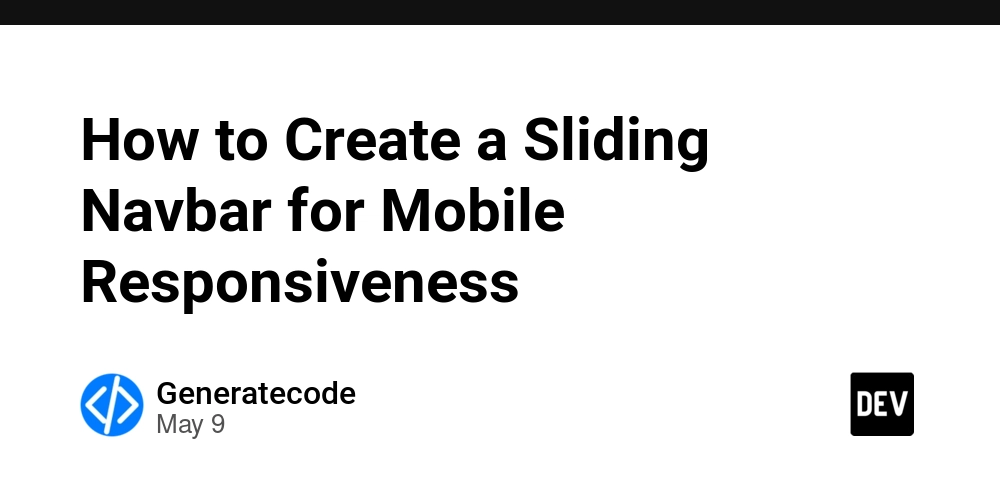
















![Life in Startup Pivot Hell with Ex-Microsoft Lonewolf Engineer Sam Crombie [Podcast #171]](https://cdn.hashnode.com/res/hashnode/image/upload/v1746753508177/0cd57f66-fdb0-4972-b285-1443a7db39fc.png?#)




























































.jpg?width=1920&height=1920&fit=bounds&quality=70&format=jpg&auto=webp#)




















































-Nintendo-Switch-2-Hands-On-Preview-Mario-Kart-World-Impressions-&-More!-00-10-30.png?width=1920&height=1920&fit=bounds&quality=70&format=jpg&auto=webp#)

























_Andrey_Khokhlov_Alamy.jpg?width=1280&auto=webp&quality=80&disable=upscale#)


_Aleksey_Funtap_Alamy.jpg?width=1280&auto=webp&quality=80&disable=upscale#)











































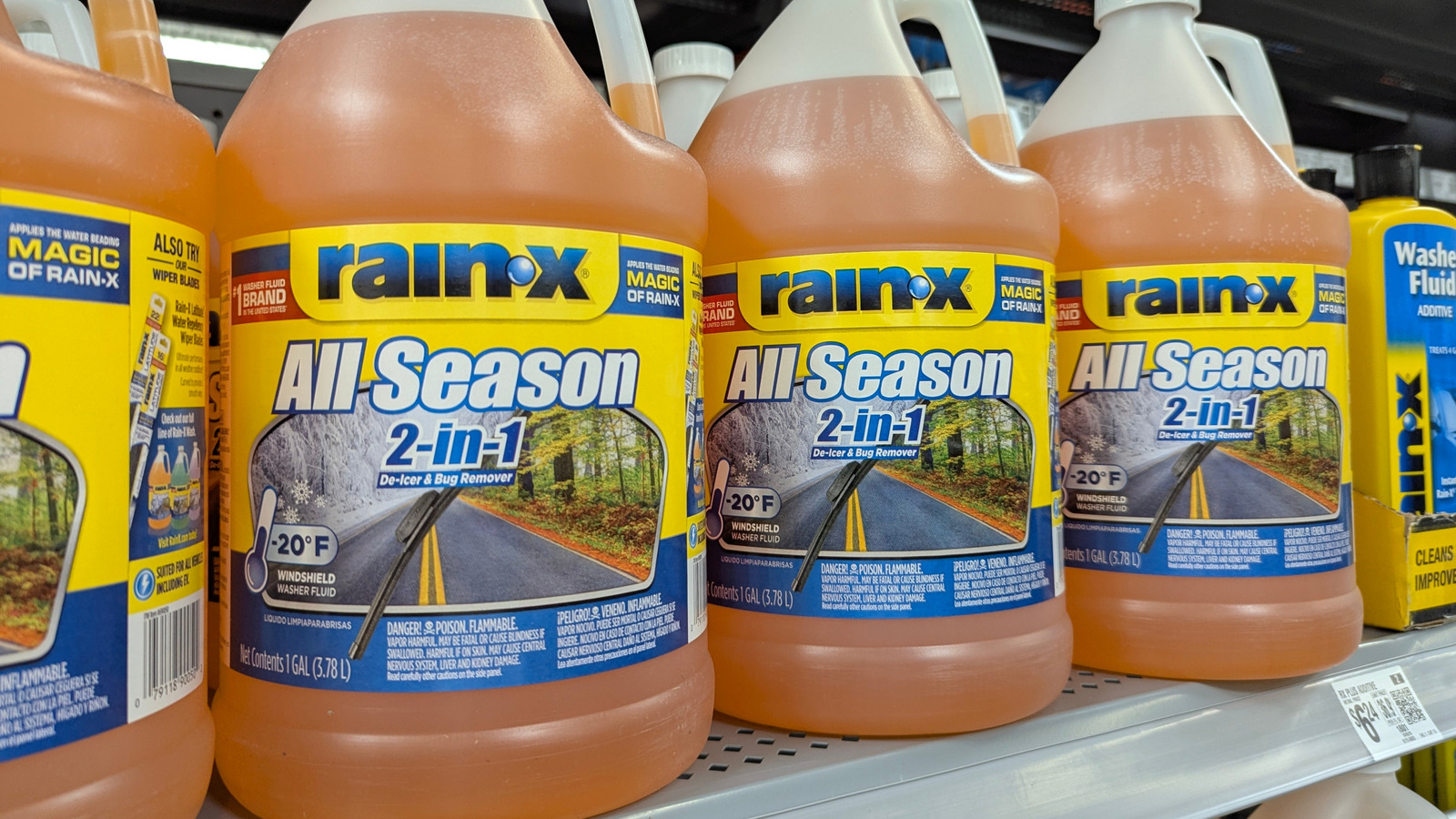































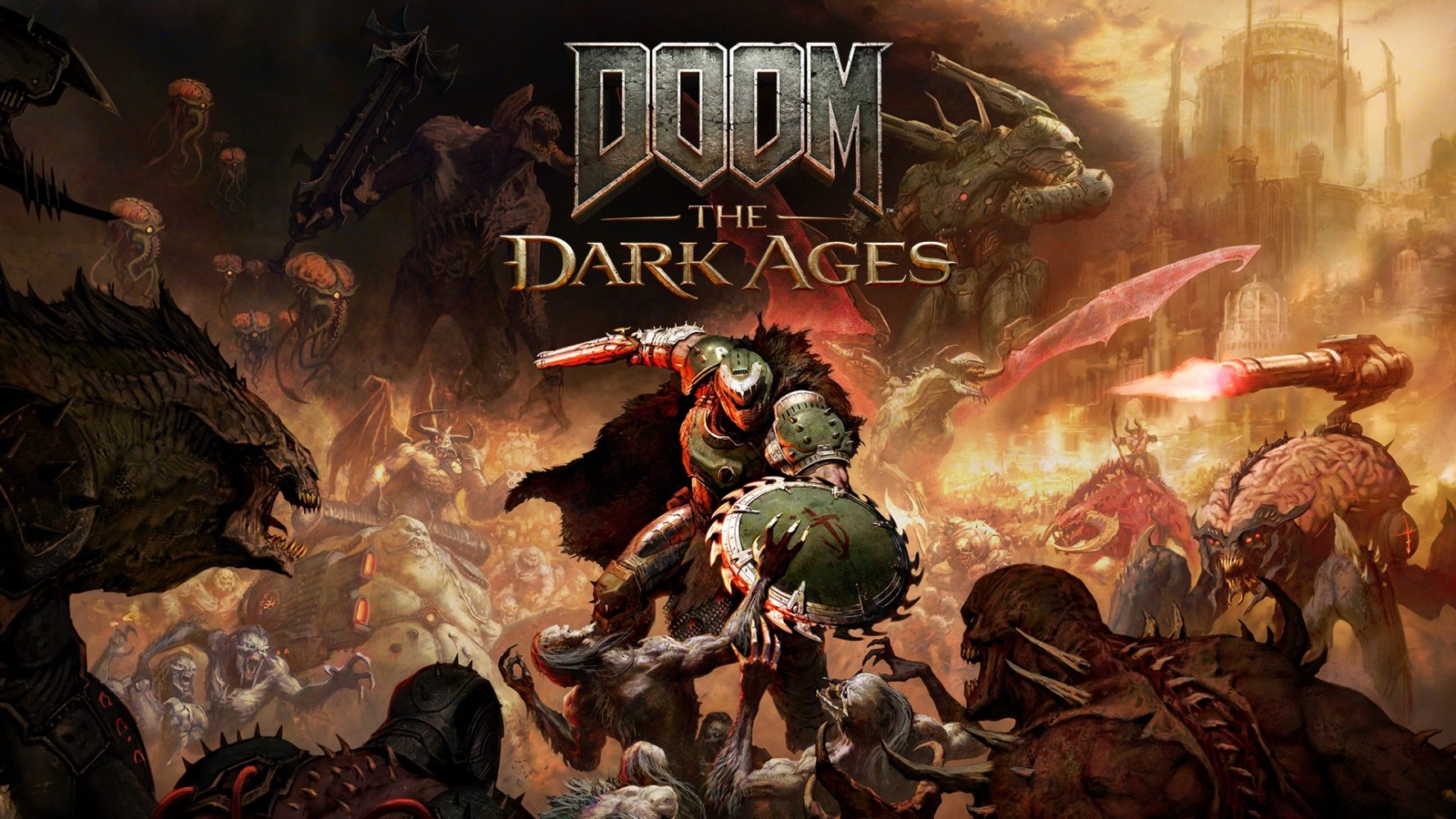






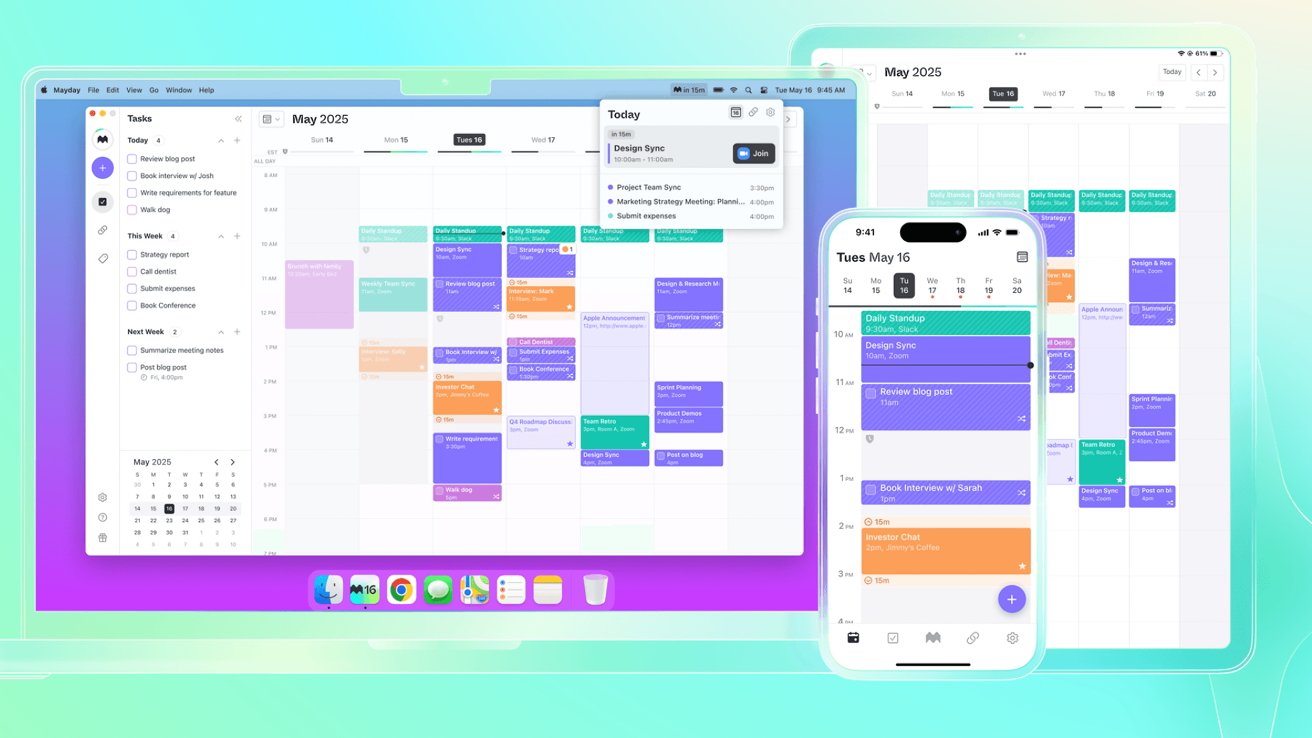
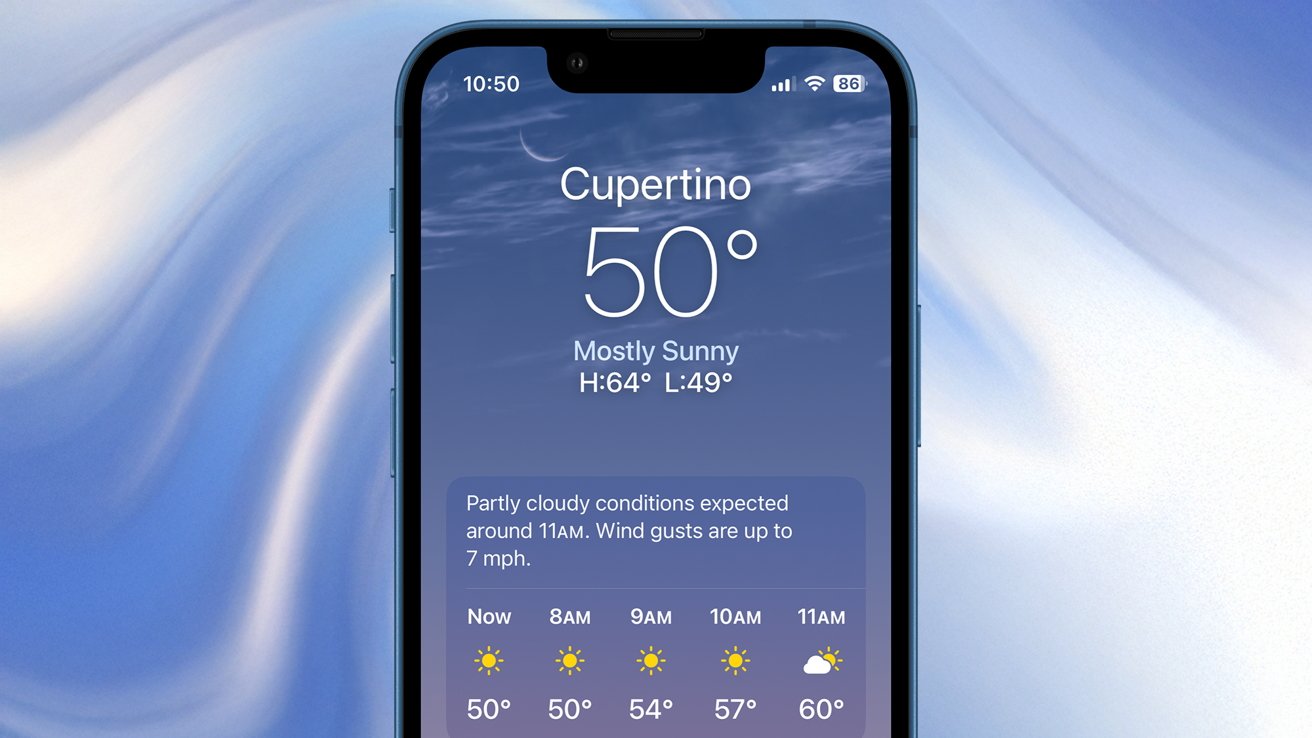



























![Apple Foldable iPhone to Feature New Display Tech, 19% Thinner Panel [Rumor]](https://www.iclarified.com/images/news/97271/97271/97271-640.jpg)
![Apple Developing New Chips for Smart Glasses, Macs, AI Servers [Report]](https://www.iclarified.com/images/news/97269/97269/97269-640.jpg)
![Apple Shares New Mother's Day Ad: 'A Gift for Mom' [Video]](https://www.iclarified.com/images/news/97267/97267/97267-640.jpg)





































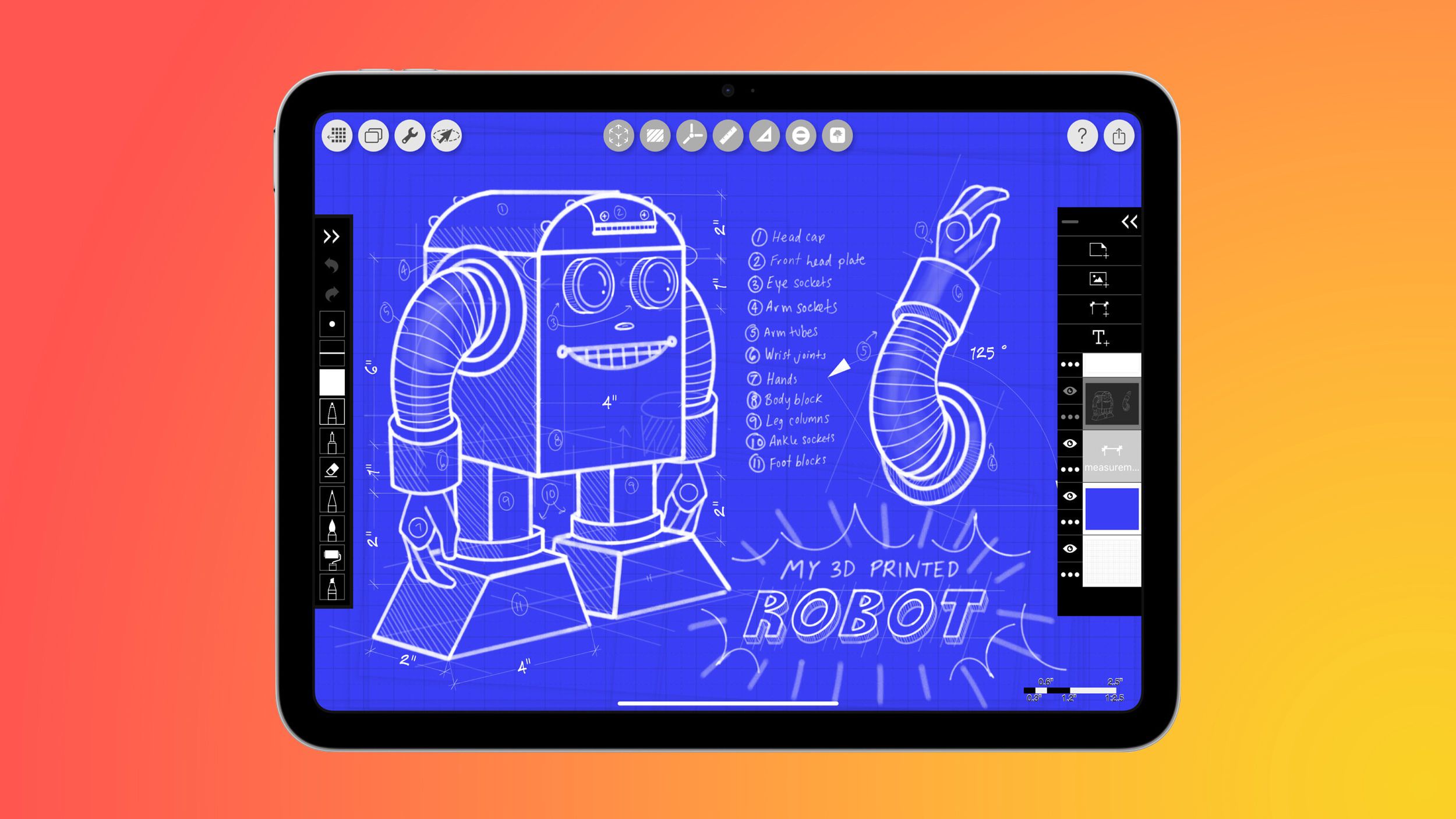
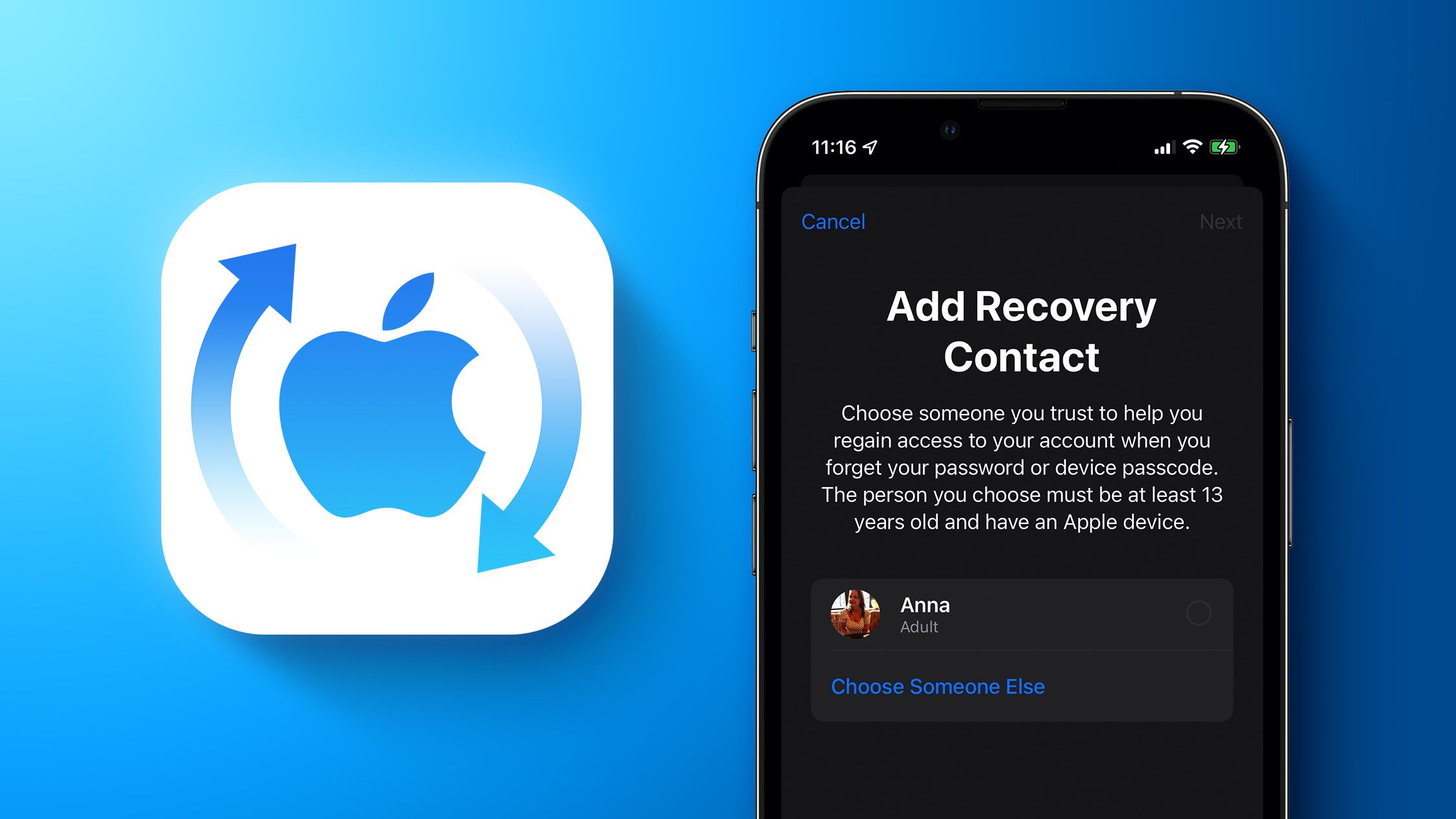




























![[Weekly funding roundup May 3-9] VC inflow into Indian startups touches new high](https://images.yourstory.com/cs/2/220356402d6d11e9aa979329348d4c3e/WeeklyFundingRoundupNewLogo1-1739546168054.jpg)





























